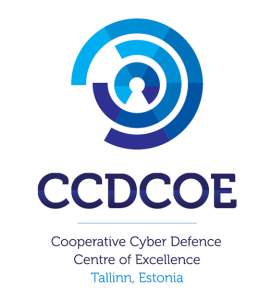Smart Cyber for Smart-phone
With the Smartphone becoming a standard technology for businesses and governments, the theft of sensitive data is a greater risk than ever.
Richard de Silva, www.defenceiq.com, explores UK cyber security investment trends and the new measures being taken to protect Her Majesty’s secrets… (full text in www.defenceiq.com)
UK Cyber security spending was up to £210 million invested in the National Cyber Security Programme (NCSP), already operating on a £650 million budget alongside a 3.4 % increase (to £1.7 billion) to the single intelligence account for financial year 2015/2016, covering GCHQ, MI5 and MI6. In the United States cyber spending aims for $23 billion (£14.4 bn) through fiscal 2018.
But what does it all mean? Well, for one, budgets for IT and related security over the next five years will significantly outstrip defence spending on nuclear defence or arms. More obviously, the cyber domain represents not only a huge opportunity but also a huge risk to organisations and governments, regardless of whether resources are limited or unlimited. Spending big is not a choice.
British industry is looking to benefit directly from this demand given its importance to the nation’s economy. The formation of the Cyber Export Strategy “demonstrates what makes the country great when it comes to our cyber capabilities that it can export globally to help other countries in need of this level of security. It’s also a recognition that it’s no longer just about trying to promote traditional security products but also sophisticated measures of defence. In addition, the UK also has world-leading universities that are promoting the right sort of skills needed to counter the problem.”
Part of the cyber challenge is that the threat comes in a variety of shapes and shadows, from criminal fraud to state-sponsored attacks. The evidence of increasing attacks across the board of course means increased investment is needed to stall these trends, but the question of whether money alone has been enough of a salve is difficult to answer.
Equally important is the concern over the rise of the Smartphone, a device generally viewed as a positive and helpful piece of equipment, but one that ensures the cyber domain is from now on and forever more being carried with us, in our homes and in our offices, all day, every day.
Where change is needed
Dr. Parson’s reading of government IT strategy is that, historically, there has not been enough flexibility in the technology to allow users to be appropriately trusted. Arguably, the consequence of that is that the technology delivered into this environment does not have a very good track record of usability. In response, there is a drive to put the user at the centre of design but part of that of course means putting more trust in the user.
While there is a need for sensible training and a level of constraint, there is, in fact, a trade-off. To increase both usability and flexibility, companies simply have to trust their employees more than ever with the technology at their disposal. For Becrypt, the future will be characterised by the growing diversity of platforms that need to be resolved.
“We came from a very monolithic world – a single platform, few configurations – to today where we’re looking at a much broader range of technology being used in a much broader array of use-cases that some of the new form factors enable,” says Parsons. “Our unique position is really derived from the focus that we have on gaining assurance of the systems we deliver. We are already leaders in product certification, but it’s combining that with working with technology partners in a closer capacity, such as Getac, and getting our technology embedded in the systems so that they are secured by default rather than the old world of having to install lots of different types of applications.”


